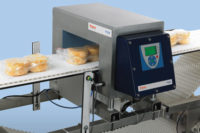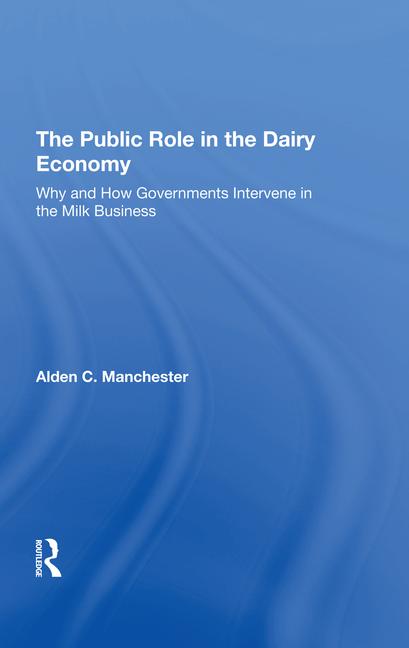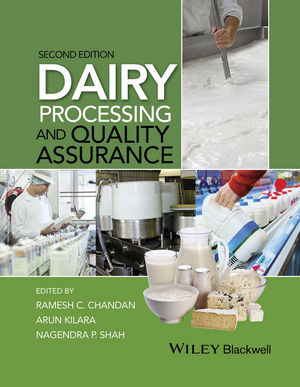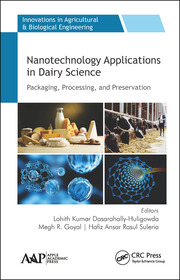How to select and maintain processing equipment with nonmetal surfaces
Surface materials must meet the same hygienic design, fabrication and cleanability requirements metals must meet.

A variety of food-contact and non-food-contact applications use nonmetal materials. Plastic, rubber and rubber-like materials are the largest and most diverse category.
Specialized applications use ceramics and/or carbon composites due to their hardness and rigidity, inertness and resistance to high temperatures and chemicals. Ceramics are commonly used in membrane and mechanical seal applications, while carbon composites are used in molded parts, sensor components and mechanical seal applications. The use of certain nonmetals (e.g., glass, wood, paper, cloth) is restricted to certain applications when necessary and appropriate.
Basic requirements and beyond
When used in primary product contact, these materials must meet the same hygienic design, fabrication and cleanability requirements metals must meet. These materials must be nontoxic and non-contaminating and meet all current and appropriate FDA indirect food additive regulations, including any restrictions for certain uses and applications.
3-A Sanitary Standards go beyond these requirements and specify that these materials be inert, nontoxic, nonabsorbent, fat-resistant and relatively resistant to scratching, scoring, decomposition, crazing and chipping under normal use conditions and when exposed to the conditions encountered in the environment of intended use. Providers of components bearing the 3-A Symbol must provide documentation that the equipment meets these requirements and the conditions of acceptable uses.
Plastic and rubber materials are used in food applications ranging from solid to more elastic structures. These materials may have certain desirable physical properties compared to metal and may be preferred for certain functions. However, no plastic/rubber material is directly equivalent to stainless steel in meeting the desirable hygienic design properties.
Degradation differences
Both metal and plastic/rubber surfaces will degrade over time under stress conditions. However, the chemical mechanisms and the progression of degradation are different. Metal degradation generally occurs at the surface and is usually visible. Surface degradation may also occur in plastic and rubber, but often degradation may initiate in the interior of the material and migrate toward the surface. Therefore, degradation might not always be visible upon surface examination until the material has deteriorated.
There is no nonmetal material that is suitable for all food-processing applications. Thus, it is important when purchasing equipment to consider if materials used are appropriate for the processing system and meet the appropriate regulations. The manufacturer should ensure the materials used have the ability to withstand the stresses associated with the food processing system without cracking, breaking or deteriorating during continued use.
As with any food equipment purchase, the buyer should do a thorough inspection to ensure that the surfaces are smooth, impervious, durable and free of cracks and crevices — and that the equipment meets hygienic design criteria. It is the responsibility of the processor to ensure that the equipment is properly installed, properly operated and maintained in hygienic condition.
Processors should also have maintenance programs with frequent evaluations and documentations of wear and deterioration of equipment. It is important that worn plastic and rubber components (including gaskets) be replaced as soon as possible.
A common error made by food processors is to use less-expensive, and often inferior, components that are not of the same material and that might not meet hygienic design requirements. Although there may be a cost savings, using inferior replacement parts will lead to problems with cleanability and ultimately to failure of equipment.
Looking for a reprint of this article?
From high-res PDFs to custom plaques, order your copy today!








